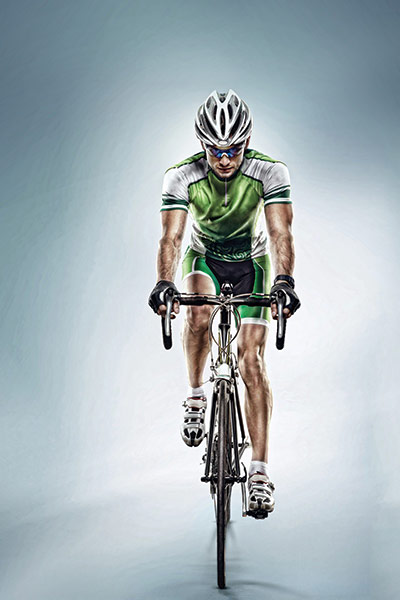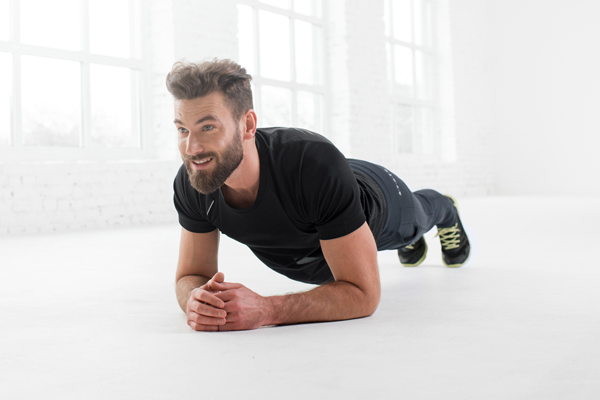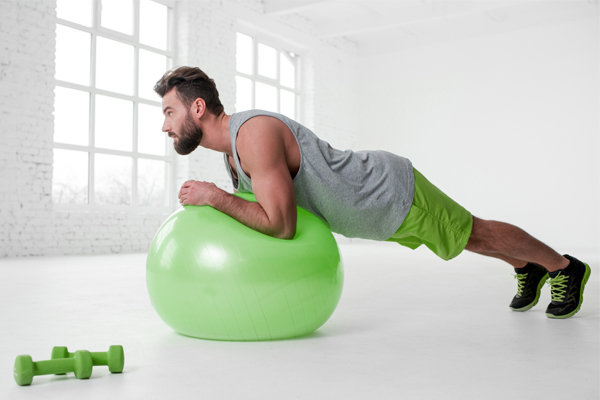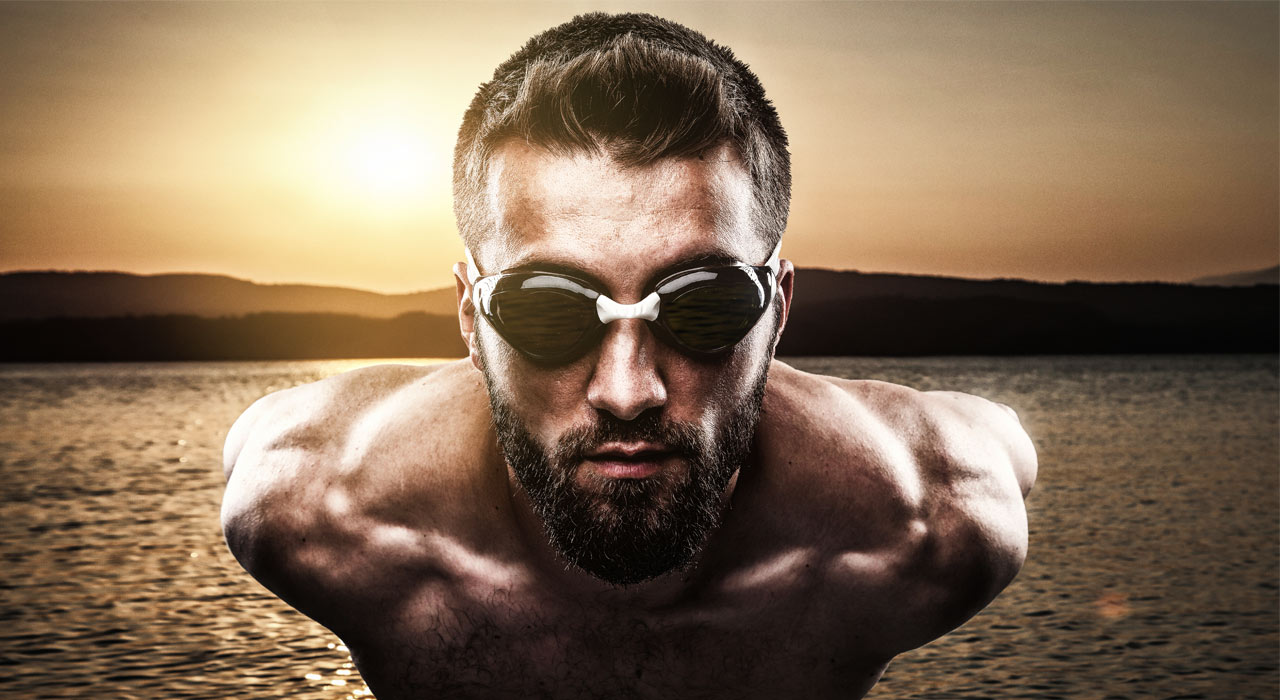Core exercises for triathletes can often swim under the radar of potential Iron men. Overlooking your torso in favor of miles and miles of swimming, running and cycling could come back to bite you on the saddle. Here’s why a strong core will help stabilize your spine, run stronger and perform better over the long haul.
Your trainer: Kris Gethin – nutrition consultant, trainer and CEO of Kaged Muscle
Core exercises for triathletes – why bother?
Core and torso strength were the big buzzwords of the ’90s, which saw Swiss balls become the new bench and gym floor for many new and mature trainees. At the time, I would frown upon such people pressing, raising and curling on these bouncing contraptions and figured the air inside the balls was comparative to the air inside the people’s heads who used them.
A mere 18 years later, as I prepare for my IRONMAN, my attitude has somewhat changed, because I now find myself using medicine, Swiss and Bosu balls within my workouts on a weekly basis – with much success I might add.
Torso and core development has played an integral role within my MAN of IRON video series. I’ve become aware that my swim, bike and run is so reliant upon this strength and stability, I have incorporated the following three key movements, twice per week, to ensure optimum posture, rotation, alignment and propulsion. I recommend the same essential core exercises for triathletes

Circuit – 3 essential core exercises for triathletes
Floor planks
Lying face down on the floor, I place all my weight onto my toes and forearms while staying parallel to the surface. I focus on pulling my belly button in towards my spine, and keeping my pelvis only a few inches from the floor. I hold this as long as I can and repeat for a total of three sets with 30 seconds rest.

Swiss ball planks
Much like a conventional plank, I lean my weight on to my toes, legs locked out and onto the forearms. But this time, my forearms are placed onto a Swiss ball.
I stretch my arms out in front of me, before bringing them back in towards my abs, while keeping my torso still. I perform these small reps to failure, and repeat for three sets.

Hyperextension rotations
Using a 40-degree hyperextension machine, I hyperextend until my upper body is aligned with my lower body. Once there, I rotate my upper body slightly to the left, then the right, before returning to the start position. I perform this movement until failure.
This torso and core development routine has played an integral role within my transition from bodybuilding to my aim of completing a triathlon.
How these core exercises for triathletes help with each part of the triathlon
By incorporating these exercises into my weight training routine every week, I can better align my posture when on extended runs, to ensure my spine doesn’t sag and I can keep my diaphragm open to allow oxygen into my lungs.
When I am in the aero position on my bike, the added planks help strengthen this locked posture, which can become a burden for someone with an upper body as large as mine.
My swims have also improved due to the spiral rotation of my core from left to right, as I reach far in front of me on each swim catch.
If you are a larger athlete, this core strengthening and stability routine will definitely help you achieve decent endurance status with the posture of confidence to accompany your bodybuilder physique.
For more articles like core exercises for triathletes, interviews and nutrition, get TRAIN magazine direct into your inbox every month for free by signing up to our newsletter







